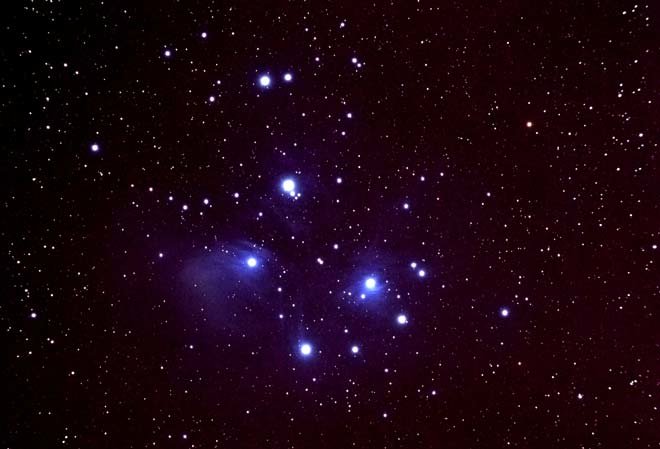
Matariki, the Maori New Year festival, is becoming an annual event of increased national significance, thanks to a revival of celebrations largely by Te Papa.
This year’s Kaumatua Kapa Haka event on Te Papa’s Facebook page sparked more interest than ever before. The event, part of the Matariki celebrations, reached over 96,000 unique users and more than 1800 event responses.
The revival of Matariki has played a part in the increasing popularity of the traditional Maori kites, and a number of modern celebrations have involved making or flying kites.

Photo credit: Kate Whitley
Charles Royal, director of Nga Manu Atarau (communities, repatriation, sector development) at Te Papa, says what Matariki needs now is a visual icon recognised internationally.
“One of the things we need to do is have an expression that represents Matariki, not just Maori culture generally.
“In the Lantern Festival [during Chinese New Year], the lantern is the central symbol and Matariki needs a central unifying expression that becomes the universal icon of the event.”
Royal is keeping his ideas for the symbol close for now, but says that after the success of this year, ideas might be thrown around in time for next year’s event.
A growing number of businesses have been involved with Matariki celebrations and Maori designs are starting to play a bigger part in daily life.
ANZ celebrated Matariki with a select number of ATMs featuring Matariki themed surrounds created by contemporary Maori visual artist Simon Te Wheoro.
His designs incorporated a number of customary Maori patterns, including the taniko –Maori weaving – pattern and featured seven moko kauae designs to represent Matariki and her six sisters.
This year is the third year ANZ has created ATM surrounds to mark Matariki.
ANZ’s head of Maori relationships David Harrison says the bank is working to build a great cultural competence.
“Out Matariki ATMs are just one example of the opportunities we create each year for our staff and our customers to engage and learn more about Maori culture.
“We are extremely fortunate to have a strong Maori and Pasifika staff group that leads our cultural initiatives.”
Because the festival is not something that has run continuously throughout its history, celebrations were popular before the arrival of Europeans but dwindled in the 1900s, many of the visual representations are modern versions of Maori culture.

Photo credit: Kate Whitley
In the early 2000s as organisations like Te Papa put on an increasing number of events, the need for visual materials grew.
Royal says the visual aspects have changed.
“It was a natural thing to happen as you get deeper into what this event is about, and there’s a lot of different ways to represent Matariki visually, with visual art and performance.”
“It is an indigenously inspired event, we haven’t imported it from elsewhere and adapted it for us, it’s something that’s very deeply ours,” Royal says.




